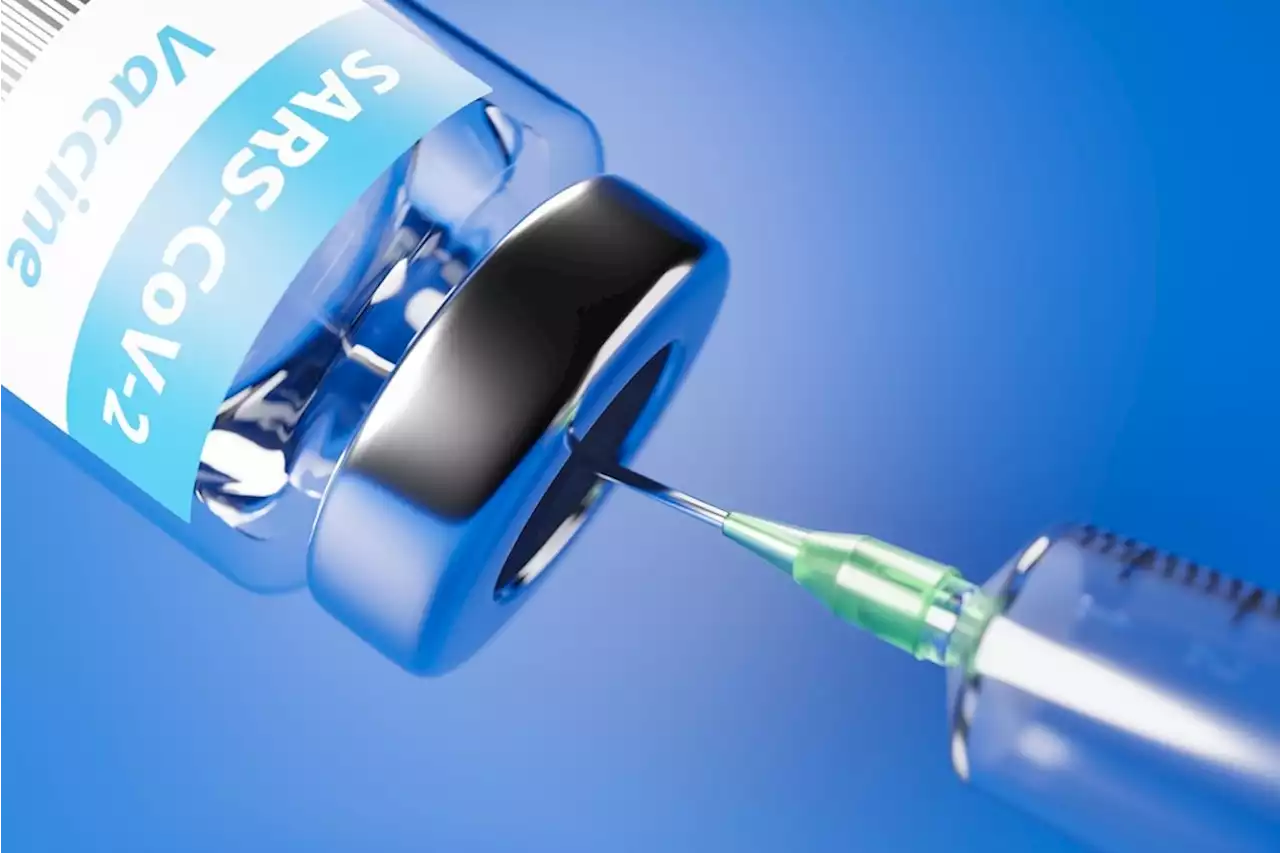Key biophysical attributes of a self-amplifying viral RNA vaccine developed for SARS-CoV-2 biorxivpreprint imperialcollege RNA vaccine vaccination SARSCoV2 COVID19 coronavirus covid
By Dr. Chinta SidharthanOct 5 2022Reviewed by Danielle Ellis, B.Sc. In a recent study posted to the bioRxiv* preprint server, researchers used various analytical characterization techniques to determine the biophysical attributes of the Imperial College London self-amplifying viral ribonucleic acid vaccine developed for severe acute respiratory syndrome coronavirus 2 .
The advantages of RNA vaccines lie in the ease with which they can be designed, manufactured, or altered. The mRNA vaccine production process involves various steps, beginning with the in vitro transcription of the RNA molecule and progressing to purification and encapsulation in a lipid nanoparticle. Each step of the process involves various reagents and multiple sub-process, and the smallest error in any of those can result in an ineffective or incomplete vaccine.
The IMP-1 mRNA was transcribed in vitro, purified, and concentrated using tangential flow filtration and chromatography. The purity and concentration of the IMP-1 mRNA were assessed using the A260/280 UV spectrometry assay. The ratio between 260 nm and 280 nm absorbances is used to determine the purity of the RNA, and ratios lower than two indicate protein contamination.
Results The results indicated that the IMP-1 RNA molecule comprises 11,551 base pairs and weighs 3.71 MDa. The UV spectroscopy A260/280 ratio was 2.18, indicating that the RNA contained no protein contaminants. The authors also discussed the challenges in delivering the negatively charged mRNA molecules and using lipid nanoparticle encapsulation to stabilize and effectively deliver the vaccine.
Brasil Últimas Notícias, Brasil Manchetes
Similar News:Você também pode ler notícias semelhantes a esta que coletamos de outras fontes de notícias.
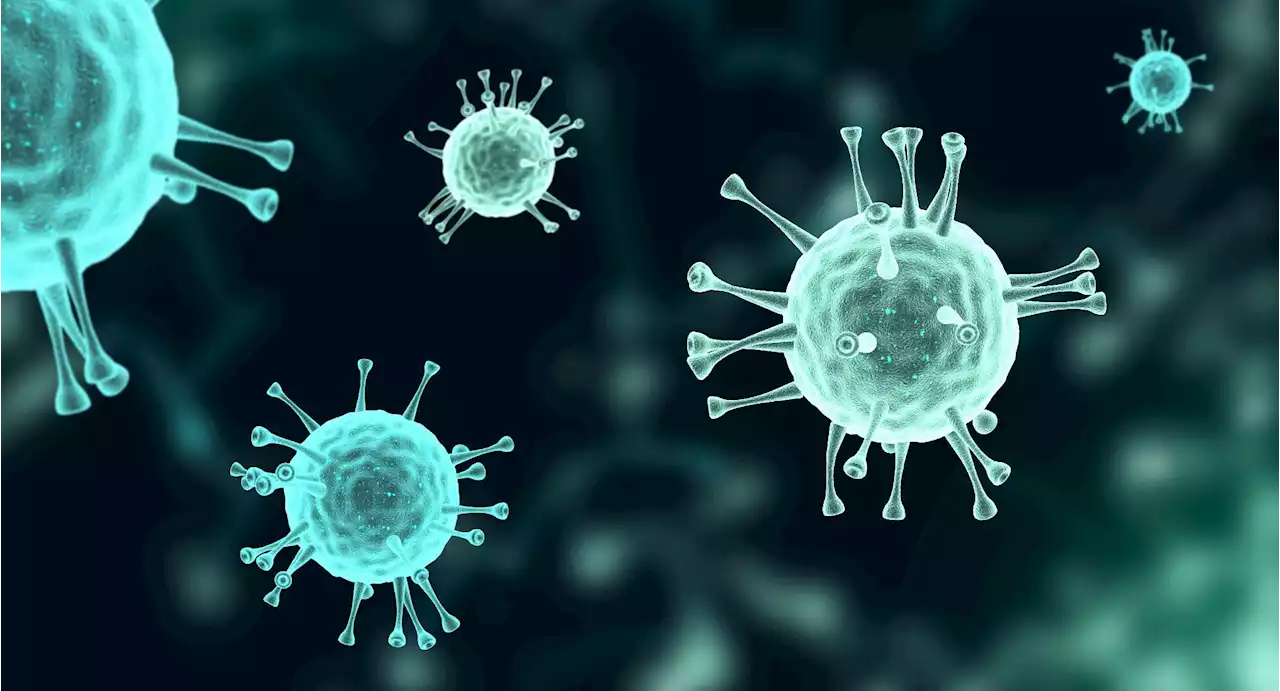 What is the COVID-19 mRNA-1273 vaccine effectiveness against SARS-CoV-2 Omicron sub-variants?What is the COVID-19 mRNA-1273 vaccine effectiveness against SARS-CoV-2 Omicron sub-variants? medrxivpreprint KPSCALnews COVID19 SARSCoV2 Omicron VOC mRNA Vaccine
What is the COVID-19 mRNA-1273 vaccine effectiveness against SARS-CoV-2 Omicron sub-variants?What is the COVID-19 mRNA-1273 vaccine effectiveness against SARS-CoV-2 Omicron sub-variants? medrxivpreprint KPSCALnews COVID19 SARSCoV2 Omicron VOC mRNA Vaccine
Consulte Mais informação »
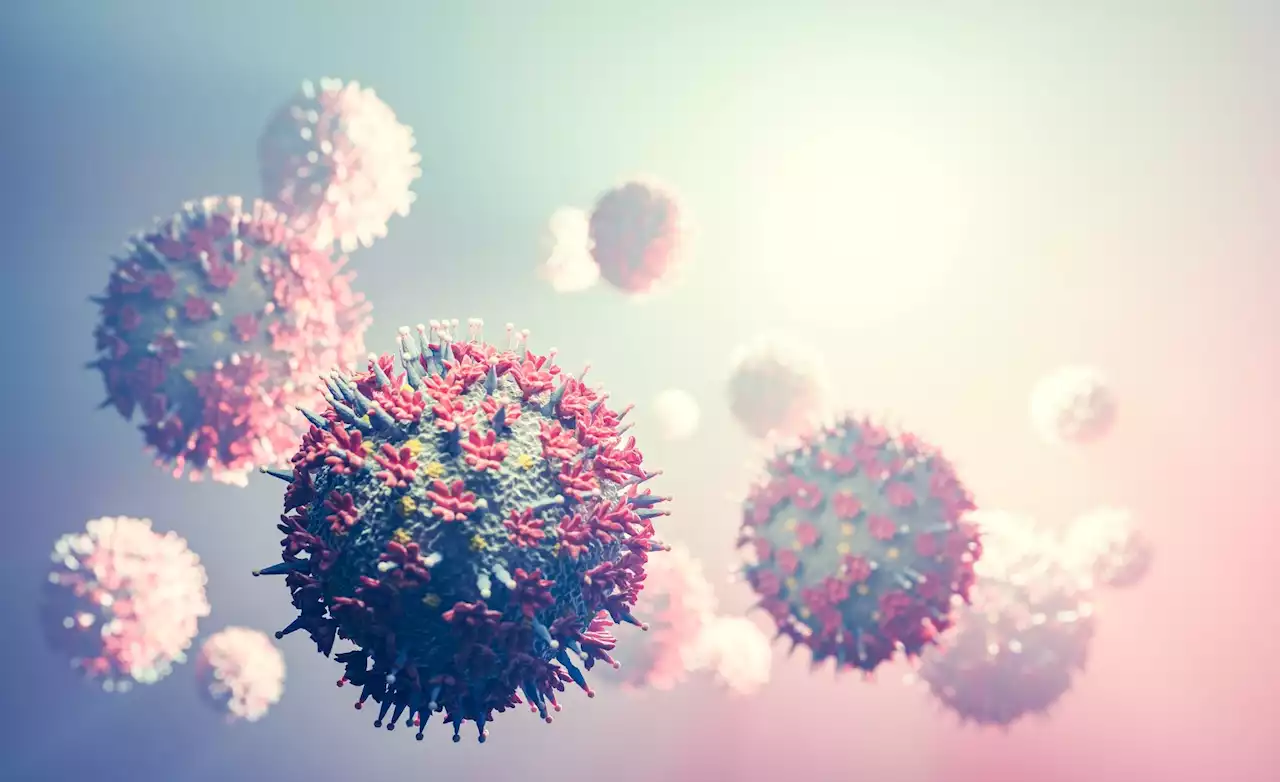 Three-dimensional in vitro model to reproduce COVID-19-induced endothelial dysfunctionThree-dimensional in vitro model to reproduce COVID-19-induced endothelial dysfunction biorxivpreprint UTAustin COVID19 SARSCoV2 EndothelialDysfunction
Three-dimensional in vitro model to reproduce COVID-19-induced endothelial dysfunctionThree-dimensional in vitro model to reproduce COVID-19-induced endothelial dysfunction biorxivpreprint UTAustin COVID19 SARSCoV2 EndothelialDysfunction
Consulte Mais informação »
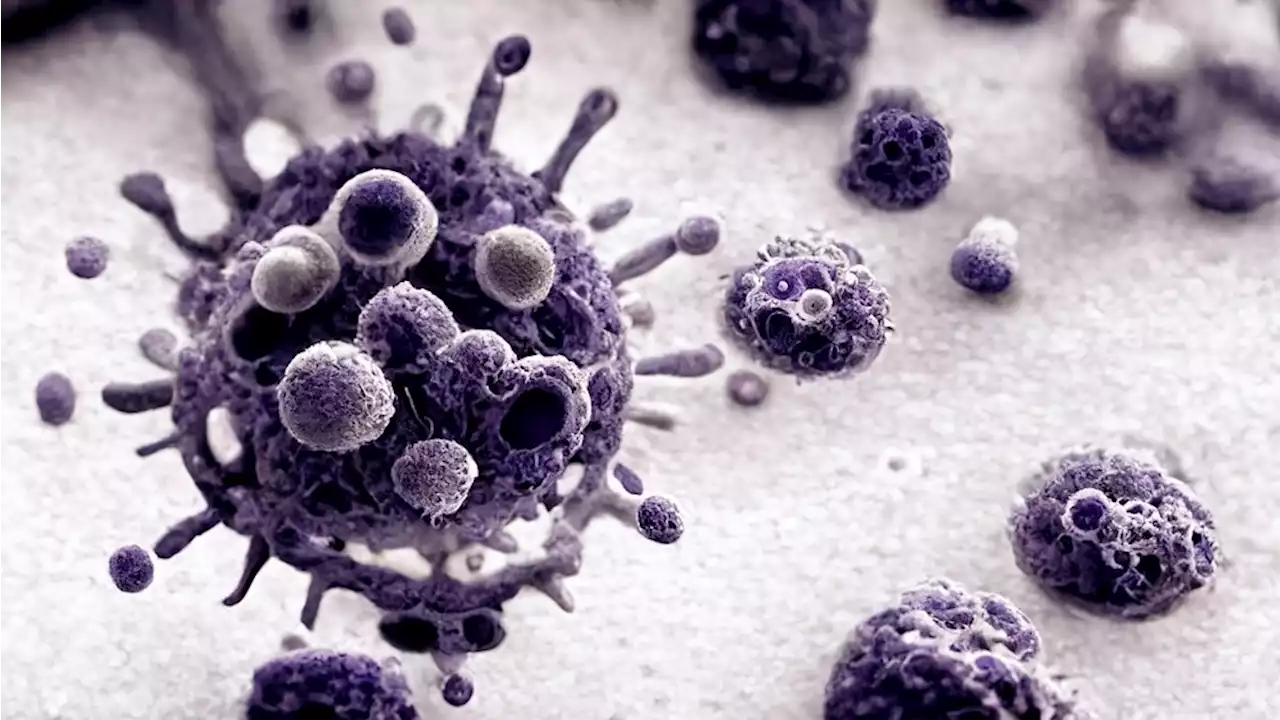 Antibody escape mutations of SARS-CoV-2 BA.2.75A new study discusses how immune escape mutations allow a recent SARS-CoV-2 variant to evade neutralizing antibodies and cause breakthrough infections.
Antibody escape mutations of SARS-CoV-2 BA.2.75A new study discusses how immune escape mutations allow a recent SARS-CoV-2 variant to evade neutralizing antibodies and cause breakthrough infections.
Consulte Mais informação »
 Can you shed infectious SARS-CoV-2 virions even if COVID vaccinated?Researchers in the United States published a study in the journal PLOS Pathogens that examined the shedding of infectious severe acute respiratory syndrome coronavirus 2 (SARS-CoV-2) virions despite vaccination against it.
Can you shed infectious SARS-CoV-2 virions even if COVID vaccinated?Researchers in the United States published a study in the journal PLOS Pathogens that examined the shedding of infectious severe acute respiratory syndrome coronavirus 2 (SARS-CoV-2) virions despite vaccination against it.
Consulte Mais informação »
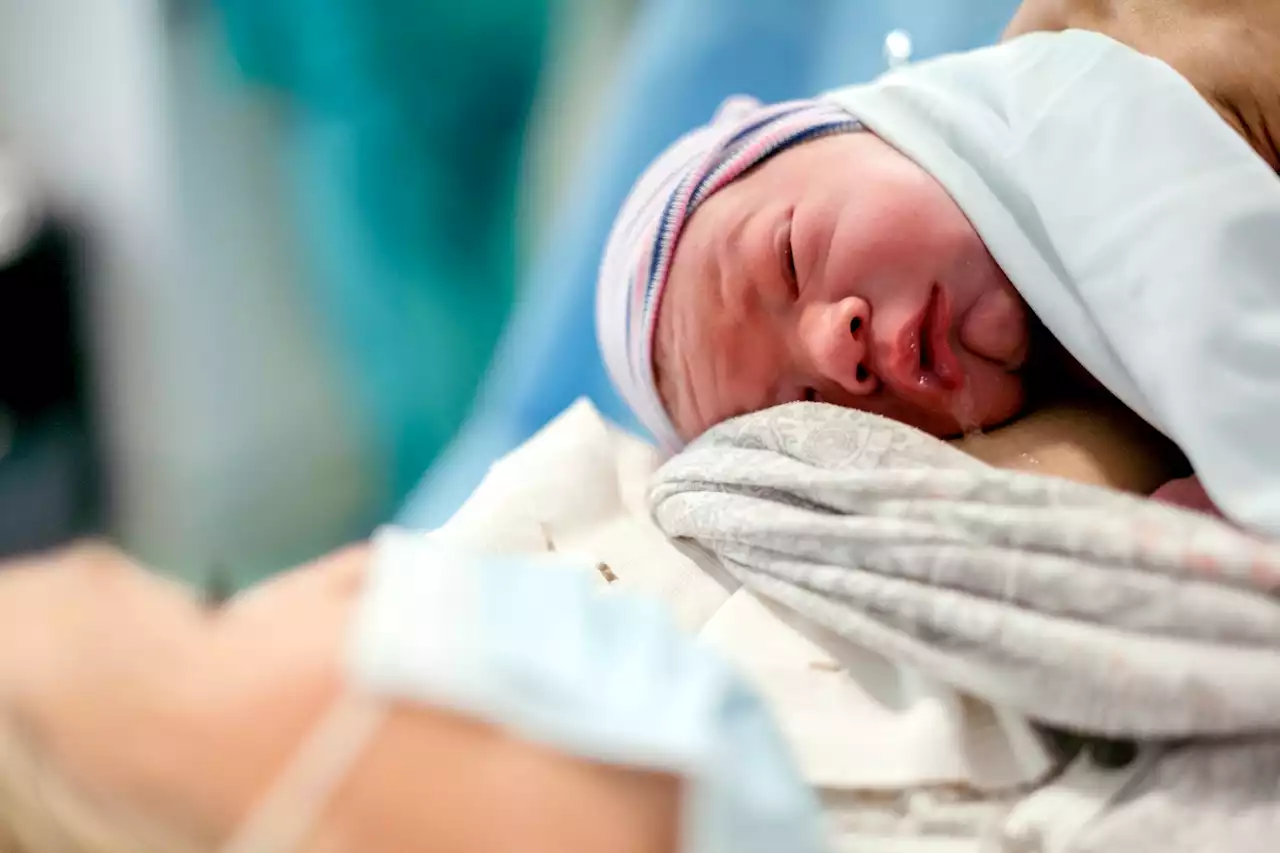 Are infants younger than six months at higher risk of SARS-CoV-2 infections?In a recent study posted to the medRxiv* preprint server, a team of researchers in the United States examined the incidence and associated characteristics of medically attended coronavirus disease 2019 (COVID-19) episodes in infants below six months of age.
Are infants younger than six months at higher risk of SARS-CoV-2 infections?In a recent study posted to the medRxiv* preprint server, a team of researchers in the United States examined the incidence and associated characteristics of medically attended coronavirus disease 2019 (COVID-19) episodes in infants below six months of age.
Consulte Mais informação »
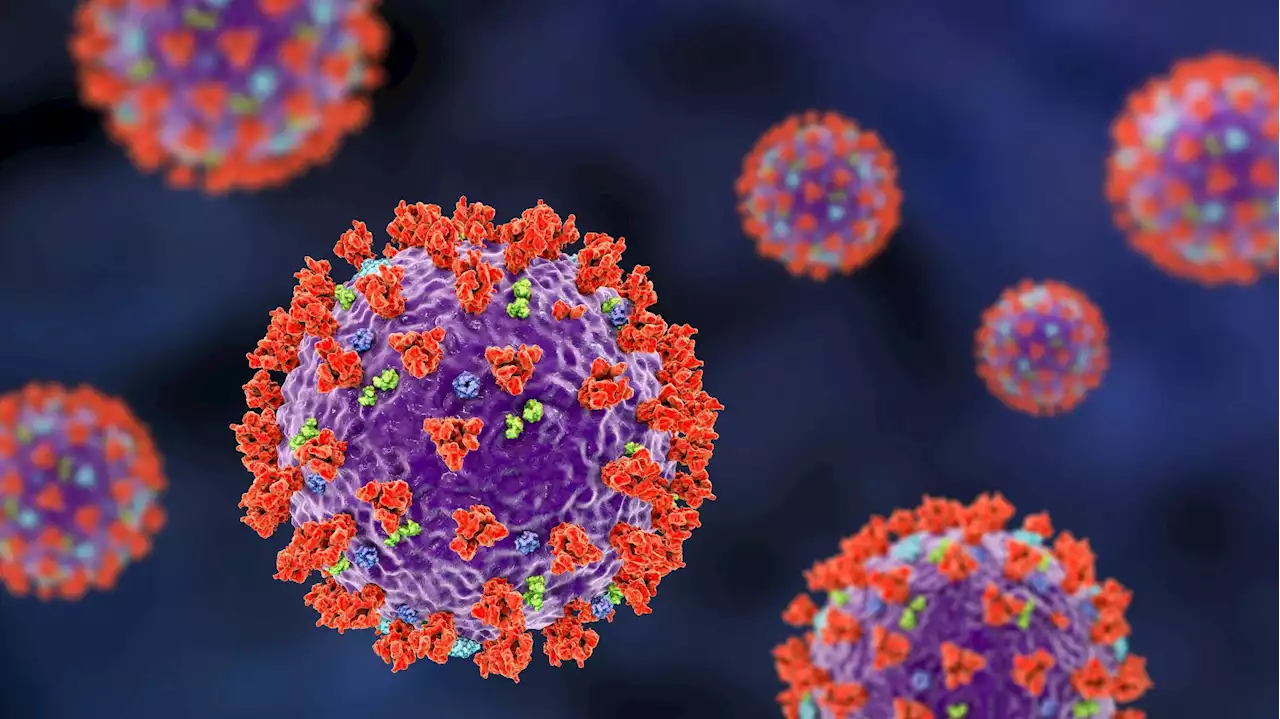 A case for updating COVID vaccines with beta variant spike sequencesA recent Nature Communications study has discussed preclinical and clinical data on COVID-19 vaccine antigens that could be utilized to develop effective booster vaccines.
A case for updating COVID vaccines with beta variant spike sequencesA recent Nature Communications study has discussed preclinical and clinical data on COVID-19 vaccine antigens that could be utilized to develop effective booster vaccines.
Consulte Mais informação »
